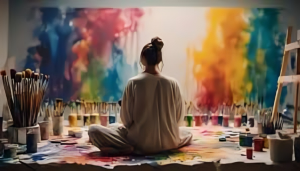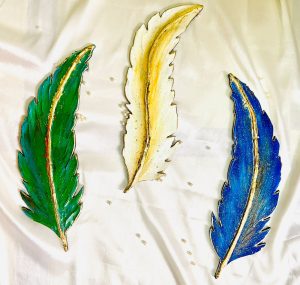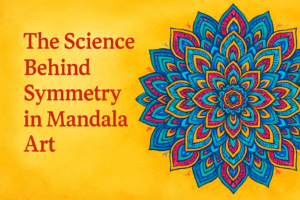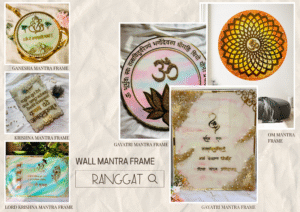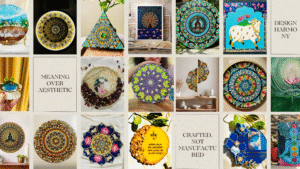Ancient sculptures, paintings, and modern digital art are all part of the diverse and historic Indian art market. Local and foreign buyers, collectors, and investors have been drawn to it in recent years due to its considerable global attention. Here are some trends, obstacles, and opportunities influencing this dynamic market.
Trends in the Indian Art Market
1) Digital Art and NFTs: A large number of Indian artists are now producing and selling their work digitally due to the global rise of digital art and NFTs (Non-Fungible Tokens). In addition to targeting a younger, tech-savvy public, this movement is providing artists with new platforms for international exhibition and sales.
2) Art as an Investment: Indian art is becoming more and more regarded as a wise investment, particularly as some of its items gain substantial value over time. The market is a desirable option for investors with and without experience due to the possibility of profit, which attracts collectors.
3) The Role of Social Media: Facebook and Instagram have developed into effective platforms for Indian artists to connect with fans directly. Social internet lessens the need for traditional galleries and allows artists to sell their creations, engage with art lovers, and show their work.
Challenges in the Indian Art Market
1) Authenticity and Forgery Issues: The issue of counterfeit art is still quite serious. Many customers are hesitant to buy artwork that has not been properly certified out of concern that they might unknowingly buy fakes. More openness and stricter authenticity standards are needed to meet this challenge.
2) Limited Reach of Art Beyond Big Cities: Large cities like Delhi and Mumbai host the majority of art galleries, exhibitions, and events, making it difficult for smaller towns and rural areas to access the market. Because of this, art can only be appreciated by a small percentage of people.
3) High Cost of Art: Famous artists’ original works can be costly, which mostly restricts the market to wealthy consumers. Original works are more difficult for new purchasers or art fans to afford because of their exclusivity, which limits the market’s overall expansion.
Opportunities for Growth
1) Increased Government Support: The Indian government has recently organized art fairs and provided funding to support the arts and culture. Both artists and customers stand to gain from this assistance, which is probably going to create a more vibrant creative environment.
2) Expanding Online Art Platforms: People are able to find, buy, and enjoy art more easily than ever before because to the growth of online art galleries and markets. Online platforms help eliminate geographical restrictions that have historically restricted the market for art and make it available to a larger audience.
3) Growing Interest from Younger Buyers: Gen Z and Millennials are shown a strong interest in art, both as an investment and as decor. Additionally, they are more inclined to help growing artists, providing much-needed exposure for new talent and encouraging growth in the market.
The Indian art industry presents a number of challenges in addition to its many prospects. The market is set for future growth as digital developments change the way art is produced and marketed. More assistance, openness, and accessibility will help the Indian art market flourish and establish stronger ties with both domestic and foreign art enthusiasts.

